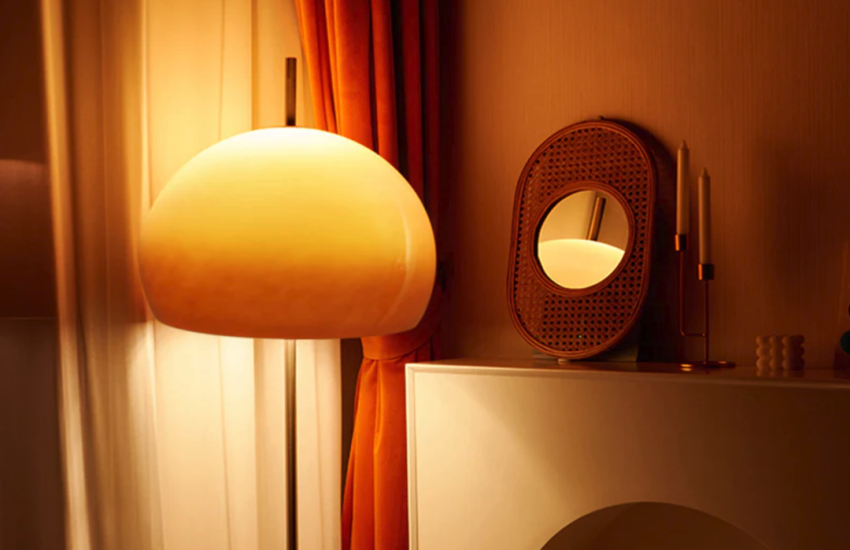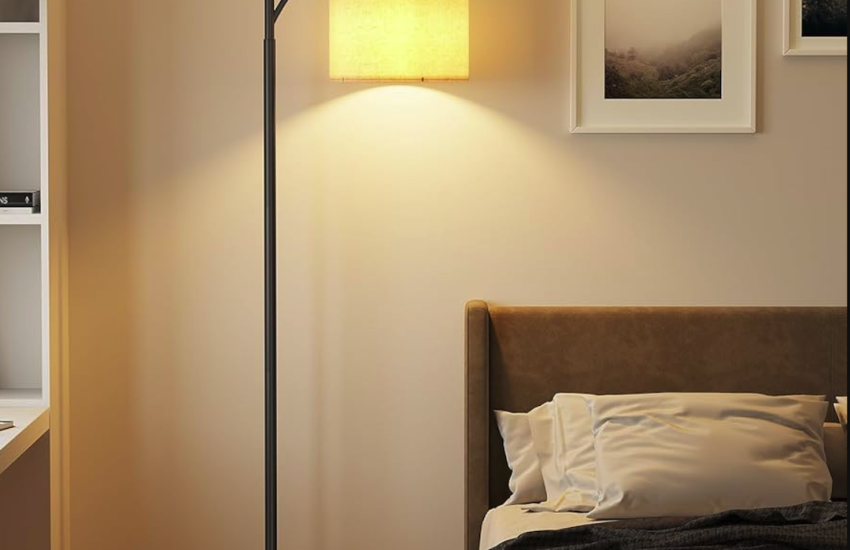
Lighting is an important aspect of design. It serves several functions: illuminating the space, creating ambience and setting a mood. Many designers have created iconic lighting fixtures that have become synonymous with their names. One such luminaire is the Artichoke Lamp, designed by Poul Henningsen in 1958.
Design Concept
The Artichoke Lamp Arialighting was designed by Poul Henningsen for Louis Poulsen, a Danish lighting company. The design was inspired by nature, specifically the thistle plant. The lamp has multiple overlapping leaves arranged in a spiral pattern. The leaves are made of copper or steel and are lacquered white on the inside. The central light source is hidden and provides reflected and diffused light. The light passes through the spaces between the overlapping leaves, creating a unique visual effect.
The lamp has a simple and elegant design. It is a statement piece that can add sophistication and style to any space. Its sculptural form also makes it a piece of artwork in its own right.
Construction and Materials
The Artichoke Lamp is constructed using multiple overlapping leaves made of metal. The leaves are made from copper or steel, and they are lacquered white on the inside. The lamp has a central light source that is hidden behind the leaves. The lamp is available in different sizes, ranging from 48cm to 84cm in diameter.
The lamp is also available in different finishes. The original Artichoke Lamp was made in copper, but it is now available in stainless steel, brushed brass, and a range of other finishes.
Award-Winning Design
The Artichoke Lamp is a highly acclaimed design. It has won several awards, including the Gold Medal at the Milan Triennale in 1960. It has also been featured in several museums and galleries, including the Museum of Modern Art in New York and the Victoria and Albert Museum in London. The design has stood the test of time and is still popular today, more than sixty years after it was first introduced.
The Artichoke Lamp is an iconic design that has become synonymous with Poul Henningsen’s name. Its unique construction and visual effect have made it a highly sought-after luminaire. The design has won several awards and has been featured in museums and galleries around the world. The lamp is still popular today and is a testament to the timelessness of good design.

